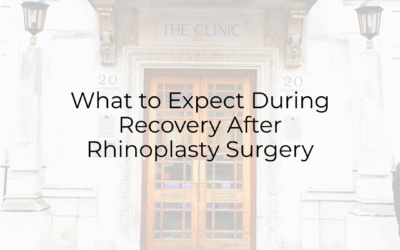Drooping eyelids, medically referred to as ptosis, can be both a cosmetic and functional concern. For individuals facing this issue, ptosis can hinder vision, contribute to fatigue from overcompensating with forehead muscles, or simply affect confidence and self-image. Eyelid surgery, or blepharoplasty, provides an effective solution for addressing drooping eyelids. This surgical procedure is designed to restore functionality, enhance appearance, and improve overall quality of life.
Causes of Drooping Eyelids
Aging is one of the leading causes of ptosis, as the eyelid muscles tend to weaken over time. However, drooping eyelids can also result from other factors, such as congenital ptosis (present at birth), neurological conditions, trauma, or prior eye surgeries. Regardless of the cause, it’s essential to consult with an experienced specialist to determine the appropriate treatment plan.
The Eyelid Surgery Procedure
Eyelid surgery for correcting ptosis is typically performed on an outpatient basis under local anesthesia, with or without sedation. During the procedure, the surgeon tightens the levator muscles, which are responsible for lifting the eyelid, or adjusts the surrounding tissue to create better support. For more severe cases, alternative techniques, such as using a sling to allow the forehead muscles to assist in lifting the eyelid, may be employed. The exact approach will depend on the severity of the condition and the patient’s unique anatomy.
The surgery is meticulous and requires a high level of precision to ensure symmetry and proper eyelid height. Patients are encouraged to discuss their goals and concerns in detail with their chosen surgeon to achieve optimal results.
What to Expect During Recovery
Recovery from eyelid surgery is typically straightforward. Patients may experience swelling, bruising, and mild discomfort in the days following the procedure, but these symptoms usually resolve within a couple of weeks. Cold compresses and prescribed medications can help reduce swelling and promote healing.
Most patients can return to normal activities within 7-10 days, and the full results of the surgery become more apparent as the swelling subsides. It’s important to follow post-operative instructions diligently to ensure a smooth recovery and achieve the desired outcome.
Benefits of Eyelid Surgery
Correcting a drooping eyelid through surgery offers numerous benefits. Improved vision is often the most significant advantage, particularly for those whose ptosis obstructs their line of sight. Additionally, the surgery can rejuvenate the appearance, making the eyes look more alert and youthful. For many individuals, these changes lead to increased confidence and a better sense of well-being.
If you’re experiencing the effects of a drooping eyelid and are considering eyelid surgery, consult with a qualified medical professional to explore your options. With advancements in surgical techniques, ptosis correction is safe, effective, and can markedly enhance both function and appearance.



